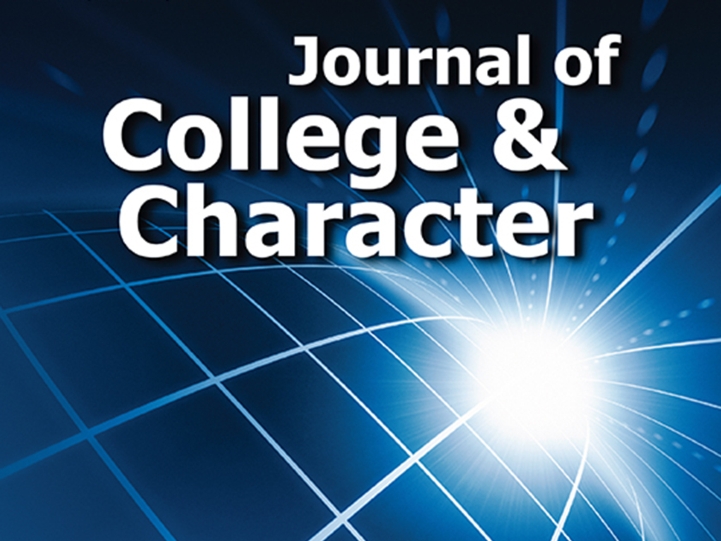
Questions Relating to Moral Development: JCC February 2023
Faculty VP for Student Affairs
February 16, 2023
JCC Connextions, Volume 9, No. 1, February 2023
Here are some important questions relating to moral development that are explored in articles in the February 2023 issue (vol. 24, no. 1) of the Journal of College and Character:
1. How do students from foster care perceive help-seeking beliefs and behaviors?
Humanistic Coaching as a Collaborative Practice: Perspectives on Help-Seeking From Coaches and
Undergraduate Students With Foster Care Experience
Jamie L. Bennett, Sy-Woei Hao, & Tony Xing Tan
Using a hybrid thematic analysis approach, the authors found that humanistic coaching provided an opportunity to develop a transformational relationship between the coaches and the students. Read the article.
2. How can classical archetypes be used to guide practices promoting character development?
Character Development in Higher Education Using Classical Archetypes
Colm Fitzgerald
A Theoretical Foundation for Classical Character Archetypes
Colm Fitzgerald
Since classical times, character development has played a key role in the proper functioning of democracies. This article outlines a modern reimagining of a classical archetypal character construction as a novel method for character development. The author presents examples of its operation in higher educational settings and in professional education, together with examples that show students using the method to frame ethical and professional issues in a character context. In the second article, Fitzgerald explores the theoretical foundations for these archetypes. Read the article.
3. How can Asian academic executives provide counternarratives to dismantle a White normative perspective that has contributed to institutional racism and injustice?
Examining the Scarcity of Asian America and Pacific Islander Presidents and Chancellors in North American
Universities: Implications for Strategic Executive Advancement
Kurt Takamine, Alexander Jun, Christopher Collins, & Doris Ching
The lived experiences of eight Asian executives focused on the prevalence of institutional racism, along with
the remediation of social injustice through power redistribution to AAPI higher education leaders. Read the article.
4. How can higher education institutions contribute to student development in light of the United Nation's Sustainable Development Goals?
Student Development in Higher Education in the Era of the Agenda 2030 and the UN’s Sustainable Development Goals: Towards SDGs 2.0
Birgit Schreiber & Juliette Torabian
The authors describe their concern for how higher education institutions (HEIs) are enabled and encouraged by the discourse of the 2030 Agenda to contribute toward the achievement of the SDGs and the type of challenges they may
encounter, particularly with regard to developing students’ capacities as global and engaged citizens within the boundaries of the SDGs and SDG 4. Read the article.
5. What are three waves of student development theory that can be used to analyze spiritual development and implications for practice?
Spiritual Development Theory and Internationally Mobile Students
Renee L. Bowling
University students represent a diversity of religious, spiritual, and secular backgrounds and identities. The author examines the relevance of spiritual development theory for understanding and supporting internationally mobile students’ holistic development. She analizes spiritual development theorizing in higher education student affairs across the landscape of three waves of student development theory with particular attention to implications for practice. Read the article.